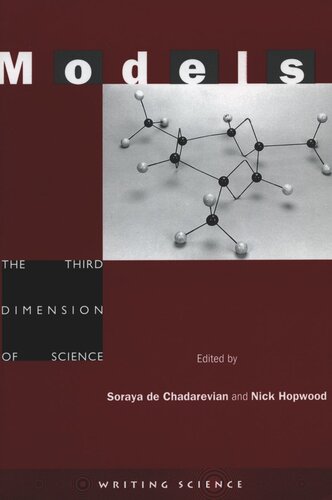

Most ebook files are in PDF format, so you can easily read them using various software such as Foxit Reader or directly on the Google Chrome browser.
Some ebook files are released by publishers in other formats such as .awz, .mobi, .epub, .fb2, etc. You may need to install specific software to read these formats on mobile/PC, such as Calibre.
Please read the tutorial at this link: https://ebookbell.com/faq
We offer FREE conversion to the popular formats you request; however, this may take some time. Therefore, right after payment, please email us, and we will try to provide the service as quickly as possible.
For some exceptional file formats or broken links (if any), please refrain from opening any disputes. Instead, email us first, and we will try to assist within a maximum of 6 hours.
EbookBell Team

4.0
96 reviewsNow that ‘3-D models’ are so often digital displays on flat screens, it is timely to look back at the solid models that were once the third dimension of science. This book is about wooden ships and plastic molecules, wax bodies and a perspex economy, monuments in cork and mathematics in plaster, casts of diseases, habitat dioramas, and extinct monsters rebuilt in bricks and mortar. These remarkable artefacts were fixtures of laboratories and lecture halls, studios and workshops, dockyards and museums. Considering such objects together for the first time, this interdisciplinary volume demonstrates how, in research as well as in teaching, 3-D models played major roles in making knowledge. Accessible and original chapters by leading scholars highlight the special properties of models, explore the interplay between representation in two dimensions and three, and investigate the shift to modelling with computers. The book is fascinating reading for anyone interested in the sciences, medicine, and technology, and in collections and museums.